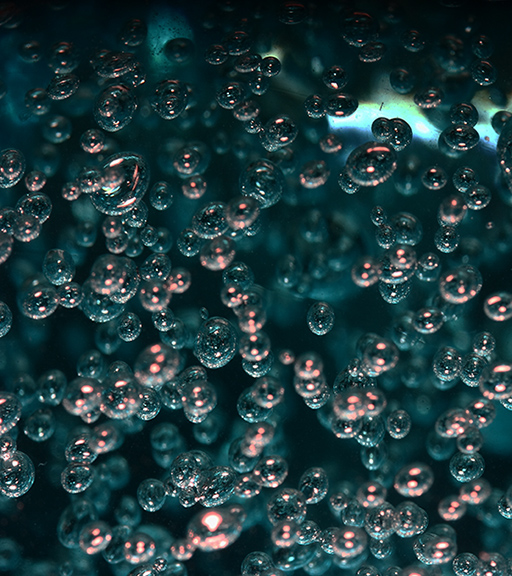The powers-that-be have been well-aware of microplastics in our waterways since December 2012, when State University of New York professor Sherri Mason reported high amounts of tiny, non-biodegradable plastic pieces in samples from Lake Erie, Huron and Superior. The major source of these microplastics are cosmetic and cleaning products where they are infused as microscopic “scrubbers”.
NDP MP Megan Leslie put forth a motion “to add microbeads to the list of toxic substances managed by the government under the Canadian Environmental Protection Act.”
Many large cosmetics companies are already taking measures to replace microbeads with something more environmentally friendly. But there is a great deal of concern that the transition will not happen quickly enough.
Bruce-Grey-Owen Sound Conservative MP, Larry Miller agrees. “I am in favour of any measure that the government can take to ensure the safety of the Great Lakes and indeed all Canadian waterways,” he said. “Research conducted by the University of Waterloo has shown that microbeads present a very real problem and are becoming more prevalent in the Great Lakes,” said Mr. Miller. “In much the same way the government is actively fighting the presence of Asian carp in the Great Lakes, there should be an expectation to decrease and eliminate the presence of this ‘man-made’ invasive species.”
Earlier this year, Ontario Liberal MPP Marie-France Lalonde, introduced the Microbead Elimination and Monitoring Act, 2015 – which calls for a halt to the manufacture of microbeads and their addition to cosmetics, soaps or similar products. It calls for regular testing of great lakes water.
In a Press Release, Lalonde states, “This legislation is important in order to protect our drinking water, our health, marine diversity, and more. Considering other countries, other Great Lakes states, and many manufacturers have already committed to phasing out the use of microbeads, I believe it is time for Ontario to be the first province in Canada to take action.”
Several US States including Illinois and New Jersey have either banned or are working to ban microplastics, (defined as anything under five millimetres in size). Lalondes act defines them as “under one millimeter).
The Conservative government also announced last month that Environment Canada is studying the dangers posed to wildlife and the environment by microplastics. The findings of the study will determine a federal-provincial action plan on the tiny beads, Colin Carrie, the parliamentary secretary to Environment Minister Leona Aglukkaq, told reporters.
Food retailers must decide for themselves whether to remove items with microbeads from the store shelves – an issue complicated by the fact that the products are popular with consumers – and there are few (if any) environmentally safe alternatives at present. Even with in-store information campaigns explaining why the decision was made not to stock the items in question, retailers brave enough to pull the products from their shelves are likely to take a financial hit for their ethical stance. So most retailers are likely to look to the manufacturers for changes.









